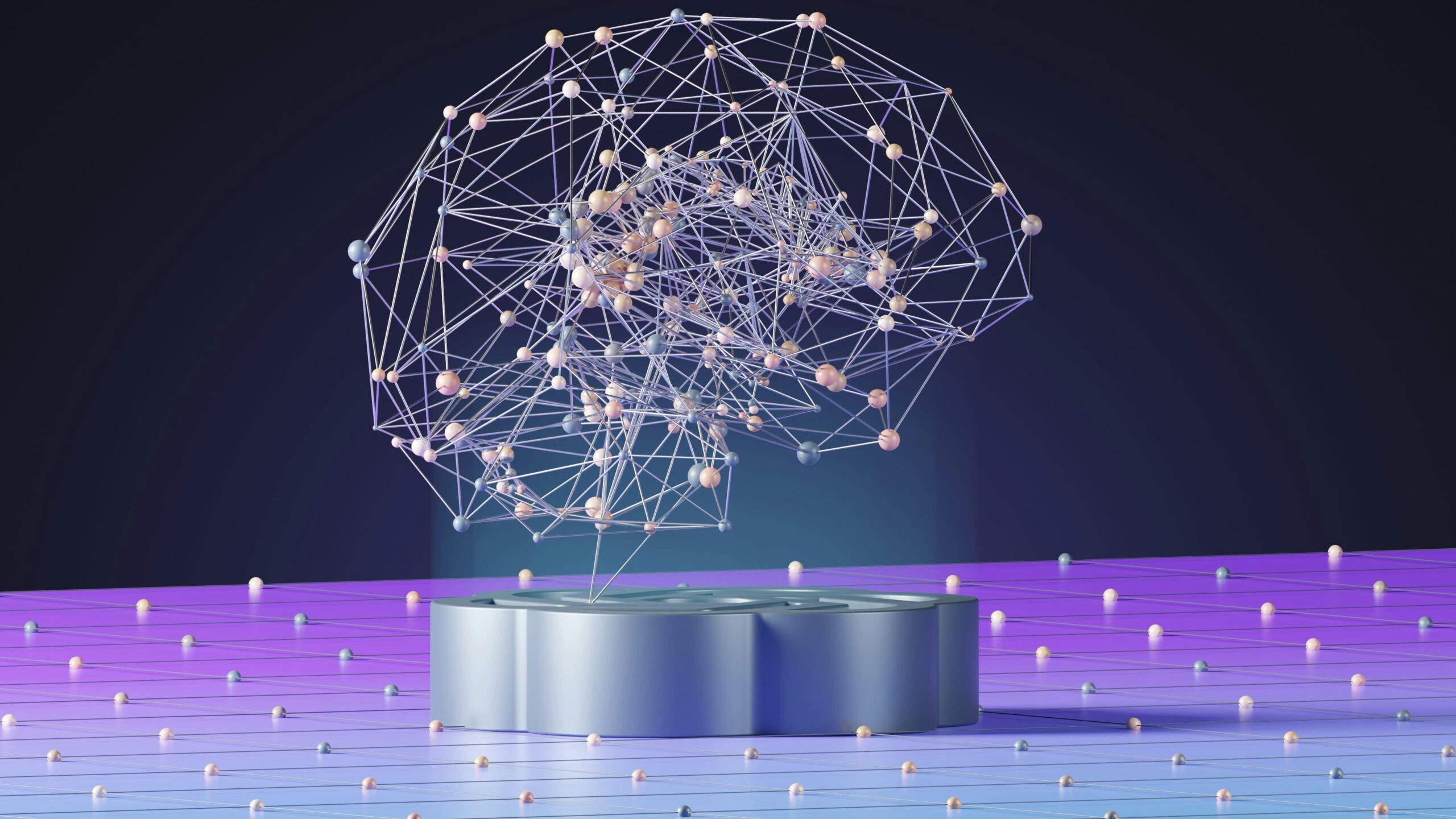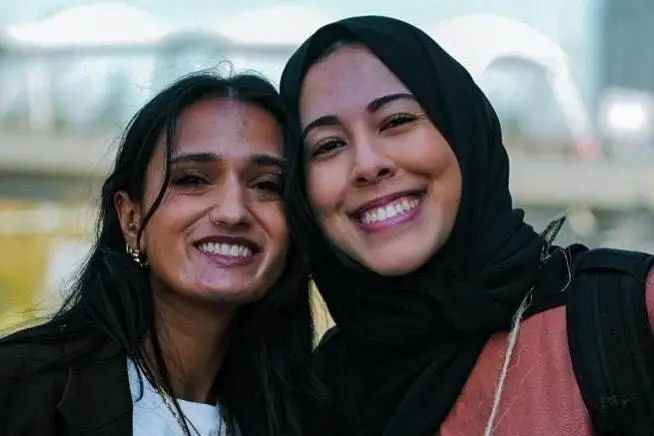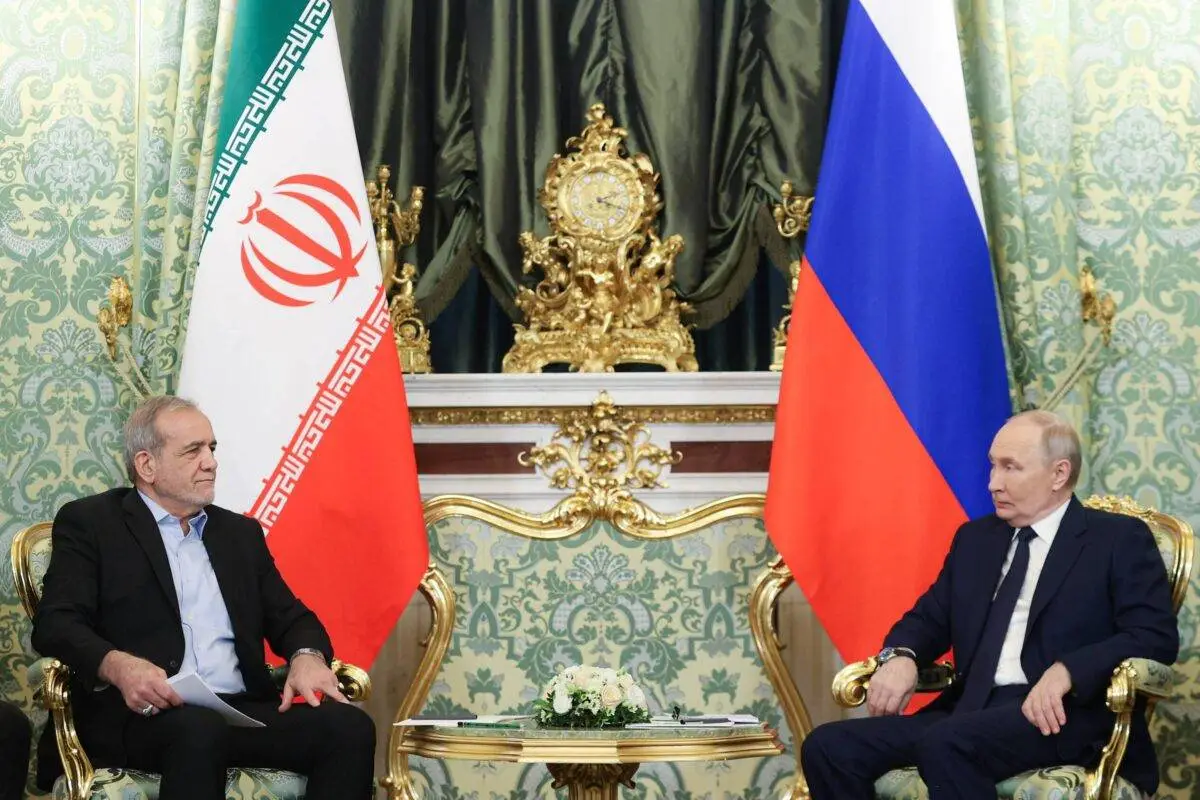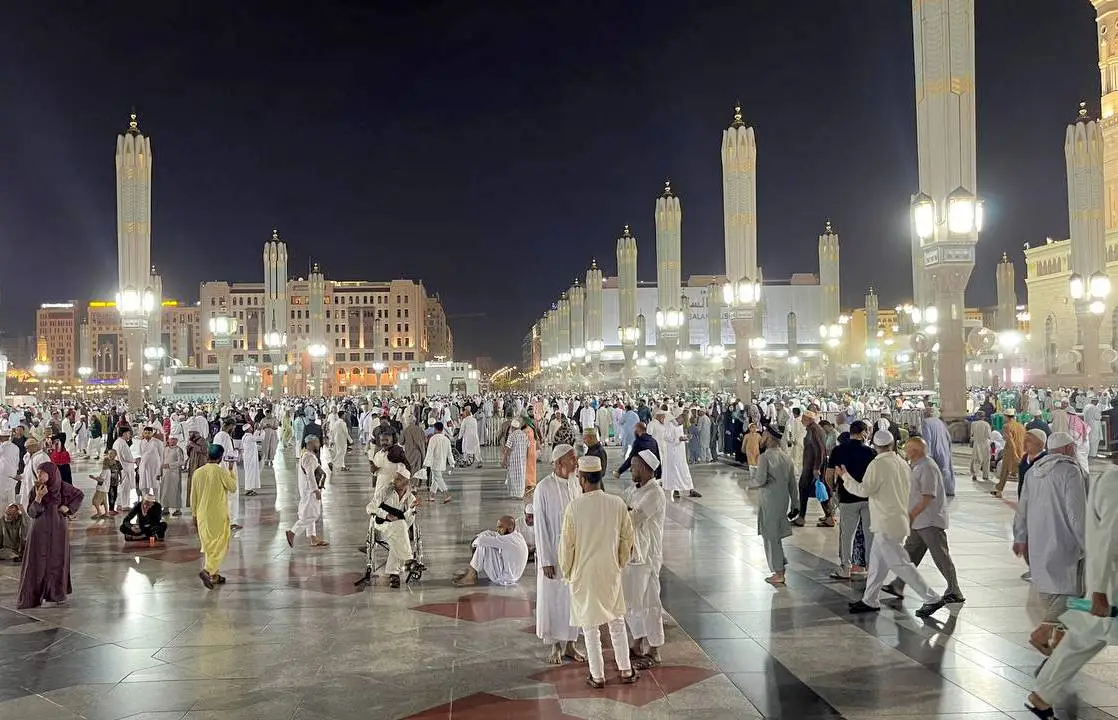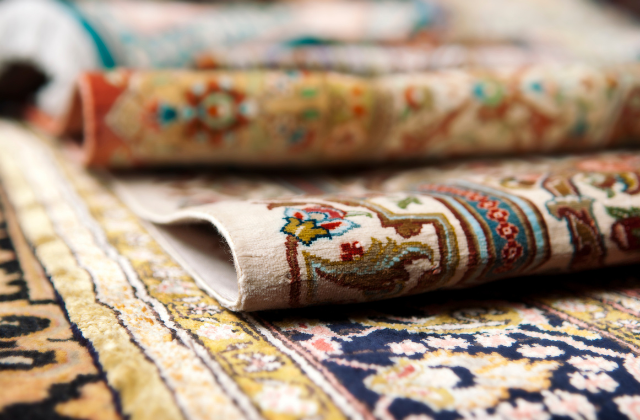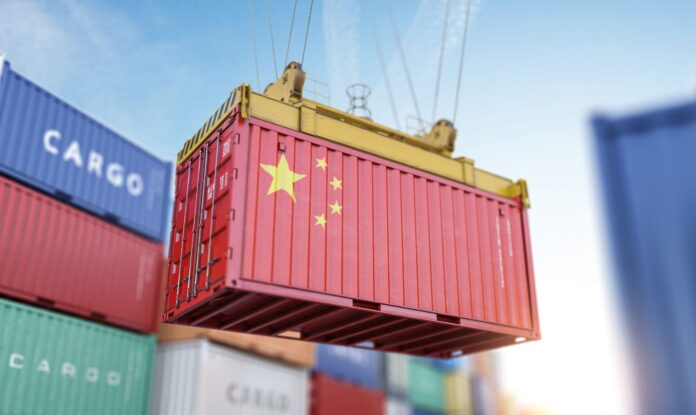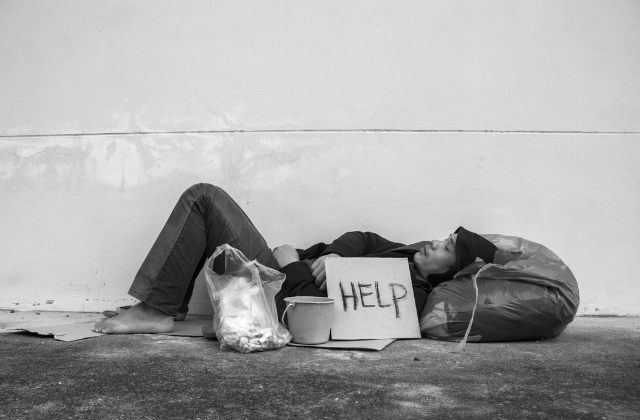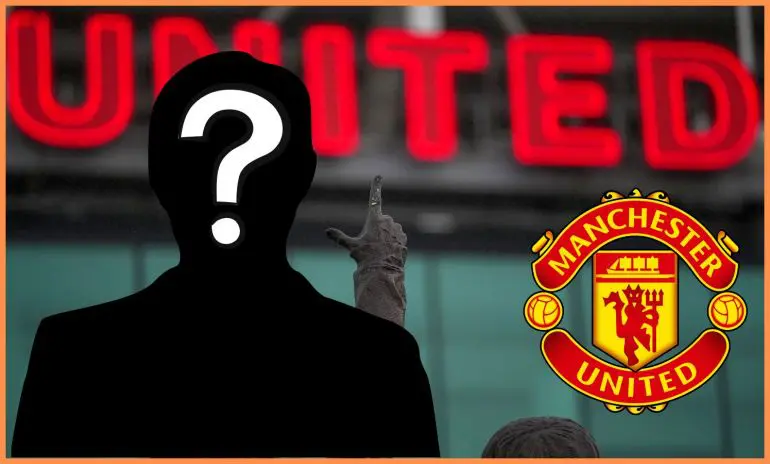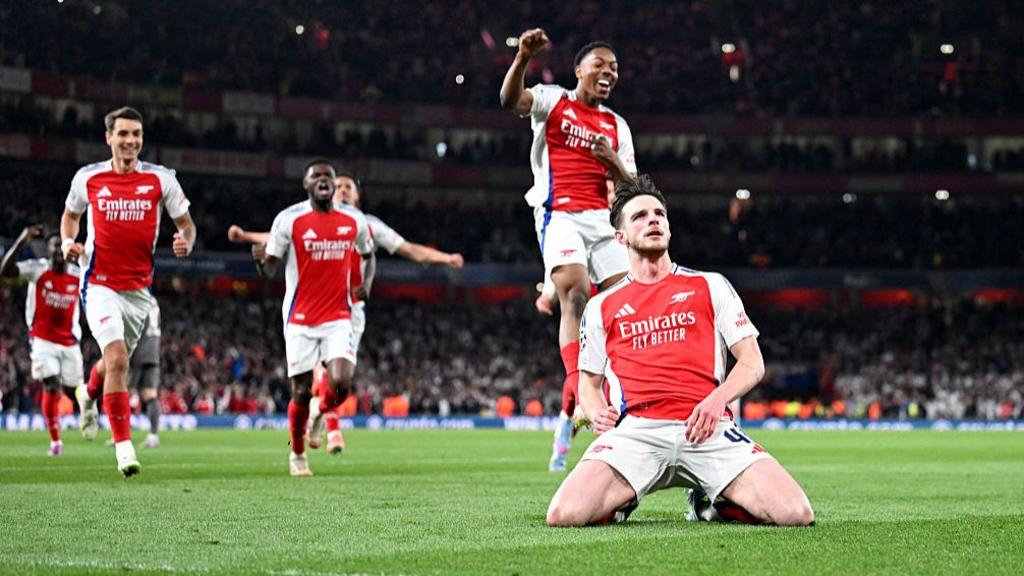How does the rise of artificial intelligence impact the world of art and creativity? This question has become increasingly pressing as artists, creators, and technologists grapple with the implications of AI-generated content. While AI tools offer new avenues for artistic expression, they also raise concerns about ownership and authenticity. In response to these challenges, a new blockchain tool has emerged, designed to safeguard creative ownership and empower artists in this evolving digital landscape.
Artists have long relied on their unique styles and perspectives to create works that resonate with audiences. However, as AI systems become more sophisticated, they are capable of producing artwork that mimics these styles, blurring the lines of originality. According to a recent report, “AI can generate images that are indistinguishable from those created by human artists.”
As AI becomes more advanced, it increasingly blurs the lines of originality in art, mimicking unique human styles.
This capability has led to a growing anxiety among creators who worry that their work could be easily replicated or modified without their consent. The emotional toll of such uncertainty can be significant, as artists question whether their contributions to the art world hold any value in an era where machines can produce similar results.
In light of these challenges, the introduction of blockchain technology offers a potential solution. Blockchain serves as a digital ledger that securely records transactions, making it an effective tool for establishing and verifying ownership. By utilizing this technology, artists can create unique, verifiable tokens for their works, ensuring that their creative rights are protected.
As one developer of the blockchain tool stated, “This is about giving artists the power to control their creations in a way that was previously unimaginable.” This sentiment reflects a growing movement among artists to reclaim their rights in a digital environment increasingly dominated by AI.
Furthermore, blockchain technology fosters transparency, allowing artists to track the use and distribution of their works in real-time. This capability not only protects the artist’s interests but also enhances the relationship between creators and their audiences.
As more artists adopt these tools, the landscape of the art world may undergo a transformation, where creative ownership is respected, and the value of artistic expression is reaffirmed.

